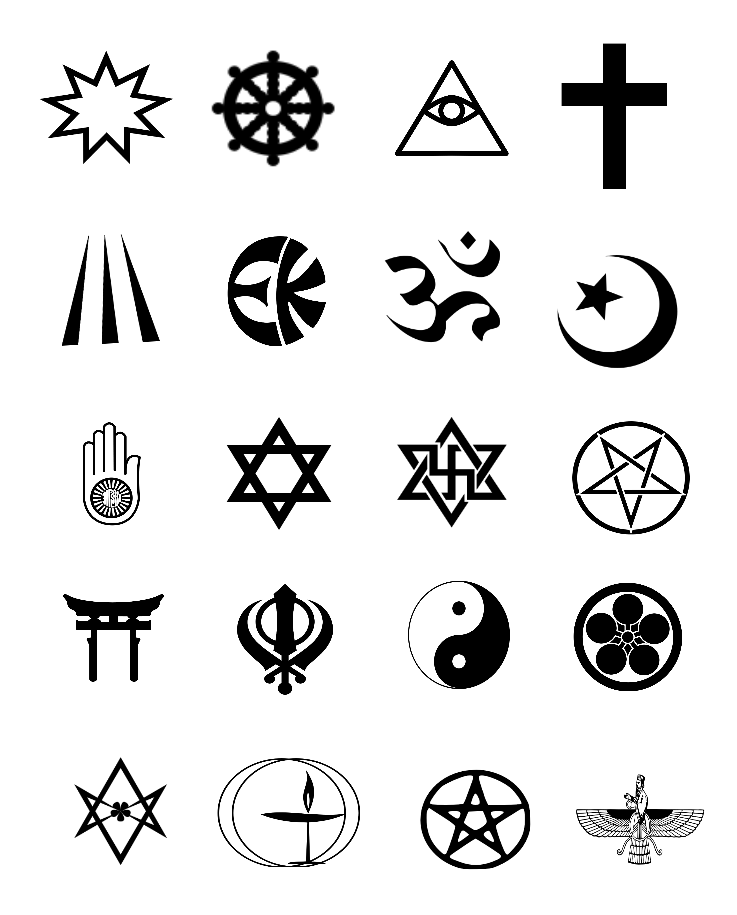Rzeczowniki pospolite: policzalne w języku chińskim
Jedną z cech rzeczowników pospolitych jest to, że można je policzyć. Wiąże się to z użyciem nie tylko liczb (patrz rozdział 2), ale także słów miar (patrz rozdział 3).
Rzeczowniki pospolite: policzalne w języku chińskim Read More »


